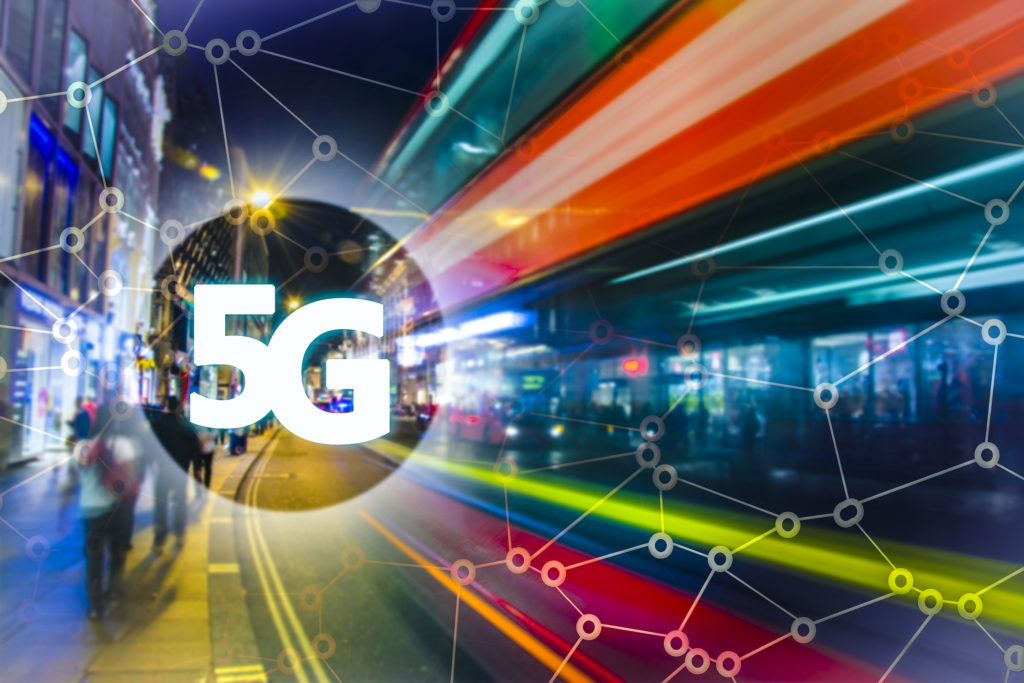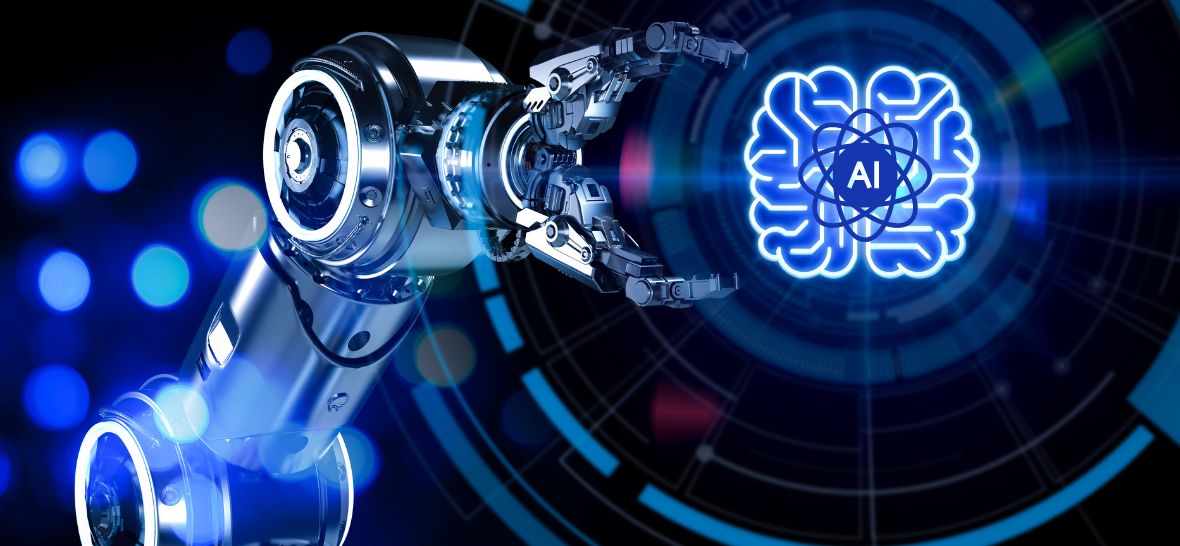As the new millennium unfolds, IT faces several challenges and opportunities.
1. Increased Collaboration Between the Operations and Business Team
Technology is a valuable differentiator in a competitive environment.
In 2020, a new generation of applications attuned to the latest digital business models will gain center stage, enabling enterprises to innovate and differentiate. But developing such apps needs the involvement of business leaders and operational managers.
Take the case of field service management. The trend is to develop cloud-based suites accessible through intuitive field service apps.
Different apps allow
- customers to track technician arrival,
- supervisors to gain real-time visibility,
- technicians to access to relevant job materials,
- managers to gain deep analytical insights on operations
The success of such apps depends on a neat, intuitive UX coupled with optimal functionality. Involvement of end-users, especially the operations and business team, in the design of such apps, ensures such functionality.
Conversely, IT will play an increasing role in Operations and other line functions. Conventional manufacturing is undergoing rapid changes. As the conventional assembly line gives way to robotic assembly lines and 3D printing, automation, sensors, and Internet-of-Things technologies have become the norm. IT will have to manage such enterprise assets and side-by-side become a stakeholder to drive innovation.
Changes to the organizational structure invariably accompany such developments. To make the most of the fluid situation, IT will have to improve collaboration and learn more on the business they support.
2. The Rise of 5G

The much-awaited 5G mobile technology, under testing now, may go mainstream in 2020. 5G offers quantum improvements in speed and low-latency, unlocking several new possibilities. Many of the IoT, automation, and cloud-based possibilities touted as solutions now will become possible on a large scale only with 5G.
As a case in point, the present generation of field service technicians may connect with an expert remote engineer as an exception. But 5G will allow field service companies to send novices for complex repair jobs as a norm. These novices seek remote guidance through augmented reality tutorial, as standard operations procedure. Likewise, telemedicine help doctors avoid making regular, routine rounds through the hospital wards.
Smart enterprises brace up to develop new and enhanced applications that can leverage 5G. The need for 24×7 uptime and the cloud is already a necessity. With 5G it will become the default mode. Success depends on enterprises evolving suitable operations models and support systems for the same.
3. Managing the Increasing Use of Applications
Applications have become the main conduit for enterprises to develop and deliver goods and services. But the increasing use of applications poses development and management challenges. Most businesses still do not have effective control over the applications they hold and run.
Today, most enterprises run five to seven custom applications on each enterprise device. Updating apps and patching operating systems have become a regular, continuous activity. Managing such complex and voluminous tasks require total control and visibility.
The realisation has dawned on managing application capital well. In 2020, enterprises will roll out or fine-tune company-wide strategies to set policy and ensure compliance. These policies address the ways of building, acquiring, deploying and managing applications.
The IT team also elicits the co-operation of end-users to gather insights on the health and use of mobile devices. They may also entrust routine updates and maintenance with such end-users. Such distributed transformation offers scalability and offloads the overburdened IT departments.
But the success of such an approach requires:
- Effective real-time communications with the end-users
- Real-time views on health and use of mobile devices in the network. This enables enterprises to take prompt counter-measures to avoid device downtime.
- Training end-users on the expectations, how they could fulfil it, and clarifying what is in it for them.
Smart enterprises push toward application architectures relying on containers and other portable technologies.
4. The Increasing Popularity of API Gateways
Side-by-side with applications, Application Protocol Gateways (API) have soared in popularity. APIs allow setting protocols and control how software components interact.
Powerful APIs transform business models. But API calls face the usual pitfalls such as brute force attacks, parameter tampering and session snooping. Cyber attackers exploit such vulnerabilities to gain deep visibility into the application infrastructure. In 2020, enterprises have a task on their hands, securing the API layer.
With application security having delivered limited success, IT security focus on API gateways. API gateways protect APIs through rate-limiting authorisation and other capabilities. Rate limiting preempts denial of service attacks. Authorization limits access to specific API calls to only specific clients, identified by tokens or API keys.
5. The Increasing Role of Emerging Technology
PHP, the server-side language used for 80% of websites over the last decade, has always been a soft target for hackers. Relentless access attacks such as phishing increase the threats. Mitigating vulnerabilities and threats require a high level of situational awareness. Enterprises now give due importance to architecture, configurations, and users, apart from the code. They customise controls to cope with specific environmental threats and use Artificial Intelligence to identify possible threats.
Artificial Intelligence already plays a major role in several aspects of IT. Going forward, AI will find even more uses, especially in application management and security.
Artificial Intelligence creates actionable intelligence for device management. Instituting end-to-end instrumentation allows applications to emit telemetry and generate rich analytics. Such distributed application services improve security, performance, stability, and adaptability, automating several functions.
As ever, the industry will incorporate emerging changes and new paradigms. The cloud is the cornerstone of modern infrastructure, a big leap from an insecure edge a few years ago. Likewise, 2020 might be the year of 5G, Artificial Intelligence, and a whole new collaborative model. Smart enterprises have started preparing for the coming storm of disruptions.











